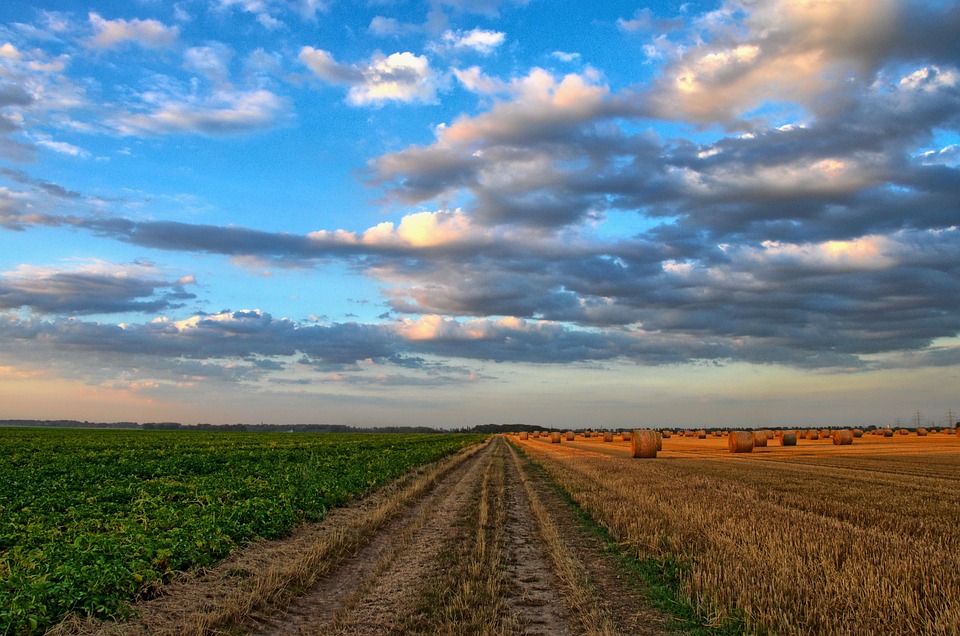# The Future is Green: Sustainable Garden Design Trends for 2021
When the sun streams through the leaves of my garden, I can’t help but feel a spark of joy. Each sprout, each flower, tells a story of resilience—of a tiny seed that blossomed against the odds. One particular afternoon stands out in my memory: I had just finished harvesting a bountiful crop of heirloom tomatoes, their vibrant colors a testament to the love and care they received. As I savored the taste of a sun-warmed tomato, it struck me how vibrant and transformative sustainable gardening can be—not just for our plates, but for our planet. It’s right here, amidst the busy hum of pollinators and the soothing rustle of leaves, that we find hope for a greener future. Ready to join the movement? Let’s explore some exciting sustainable garden design trends for 2021!
## Why Sustainable Gardening Matters
Before diving into our trends, it’s essential to understand why sustainable gardening is vital. Traditional gardening practices often rely heavily on chemical fertilizers, herbicides, and fossil fuels, which can harm our ecosystems. Sustainable gardening, on the other hand, aims to create a self-sustaining environment that conserves resources, supports biodiversity, and encourages healthy soil.
### The Trend Toward Edible Landscaping
One of the most delightful trends emerging in sustainable garden design is edible landscaping. Instead of opting for purely ornamental plants, more and more people are integrating edible varieties into their gardens. Think fruit trees surrounded by colorful wildflowers, or herbs cascading from window boxes.
**Why it Works:**
– **Visual Appeal:** Edible plants like kale, chard, and even strawberries add beauty and functionality in ways traditional ornamental plants can’t.
– **Biodiversity:** With diverse plants, you encourage beneficial insects and birds, creating a balanced ecosystem.
### Permaculture: A Design Revolution
Permaculture isn’t just a trend; it’s a lifestyle choice. This holistic design system mimics natural ecosystems, using patterns observed in nature to create self-sustaining agricultural systems.
**Key Features:**
– **Zones:** Organize space effectively by categorizing areas for specific uses, from food production to relaxation.
– **Companion Planting:** Tailor plant pairings for mutual benefits—increases pest resistance and improves plant growth.
### Vertical Gardening: Space-Saver Extraordinaire
For those with limited outdoor space or an urban backyard, vertical gardens are a stellar solution. Stacking plant beds and wall-mounted planters not only enhance your garden’s appeal but also maximize your growing area, making every inch count!
**Benefits:**
– **Accessibility:** Perfect for city dwellers and those who may struggle with bending over for ground-level planting.
– **Air Quality:** Vertical gardens act as natural air filters, improving the quality of air in urban environments.
### Native Plants: Nature’s Resilience
Choosing native plants has become a vital trend in sustainable gardening. These plants are perfectly suited for local climates and soil conditions, thus requiring less water and maintenance. Moreover, they provide food and habitat for local wildlife.
**Pro Tips:**
– Research which native plants thrive in your area. Local nurseries or extension services can be invaluable resources.
– Consider planting a “pollinator garden” with a mix of native flowers to attract bees, butterflies, and other helpful insects.
### Sustainable Water Management
Water scarcity is a pressing issue globally; thus, innovative water management strategies in gardens are crucial. From rainwater harvesting systems to drip irrigation, gardeners are becoming increasingly savvy about their water usage.
**Techniques to Explore:**
– **Rain Barrels:** Collect runoff from your roof for watering plants.
– **Drip Irrigation:** Deliver water directly to the root zone, minimizing waste.
### Composting: An Eco-Friendly Must
Composting has moved from a niche activity to a mainstream necessity. Transforming kitchen scraps and garden waste into nutrient-rich compost is not just environmentally friendly; it enriches soil health and reduces waste.
**Quick Tips for Successful Composting:**
– Balance greens (like vegetable scraps) and browns (like dried leaves).
– Maintain moisture but avoid overly wet conditions.
### Green Roofs and Living Walls
While not as commonly seen, green roofs and living walls are emerging trends, particularly in urban settings. These systems offer insulation, absorb rainwater, and provide habitats for local wildlife—all while creating stunning aerial gardens that beautify the skyline.
**Considerations:**
– Ensure your roof can handle the extra weight of soil and plants.
– Choose drought-resistant species for easier maintenance.
### Low-Maintenance, High-Impact Designs
As time becomes a luxury, many gardeners are seeking designs that necessitate less upkeep while still offering maximum yield and enjoyment. Enter low-maintenance gardening!
**Tips for Low-Maintenance Gardens:**
– Opt for perennial plants that return year after year with little intervention.
– Use mulch to suppress weeds and retain soil moisture.
## Bringing it All Together: Creating Your Sustainable Oasis
Now that we’ve explored these exciting trends, how can you integrate them into your garden?
1. **Start Small:** Choose one or two trends that resonate with you. Perhaps begin with an edible landscape or native plants.
2. **Plan Your Layout:** Sketch a rough garden plan that includes your new elements. A cohesive design improves both function and beauty.
3. **Set Sustainable Goals:** Make modest goals that prioritize ecological health: reduce lawn space, implement a compost station, or establish a pollinator-friendly zone.
4. **Get Involved and Educate:** Join local gardening groups or workshops to learn from others and share knowledge. The more we educate ourselves, the more significant impact we can create.
5. **Celebrate Success:** Don’t forget to enjoy the fruits of your labor! Harvest, share, and savor the bounty that your sustainable garden provides.
## Conclusion: The Future is Green
As we step into 2021, the choices we make in our garden can profoundly impact our world. By adopting sustainable practices and innovative design elements, we inch closer to a healthier planet.
Remember, every garden has the potential to be a sanctuary—not only for you but for the myriad of life forms we share this Earth with. So gear up, roll up your sleeves, and dive into the vibrant world of sustainable gardening. The future is green, and it’s growing right in our backyards!
### Pro Tips Recap:
– **Integrate Edible Plants:** Mix aesthetics with functionality.
– **Research Native Species:** They’re better suited for your environment and support local wildlife.
– **Optimize Water Use:** Employ rainwater harvesting and drip irrigation.
– **Start Your Compost Bin:** Reduce waste and enhance soil health.
– **Join a Community:** Networking can offer resources and encouragement.
With these insights in hand, you’re well-equipped to create a sustainable garden that provides beauty, nourishment, and hope for a brighter, greener future!



